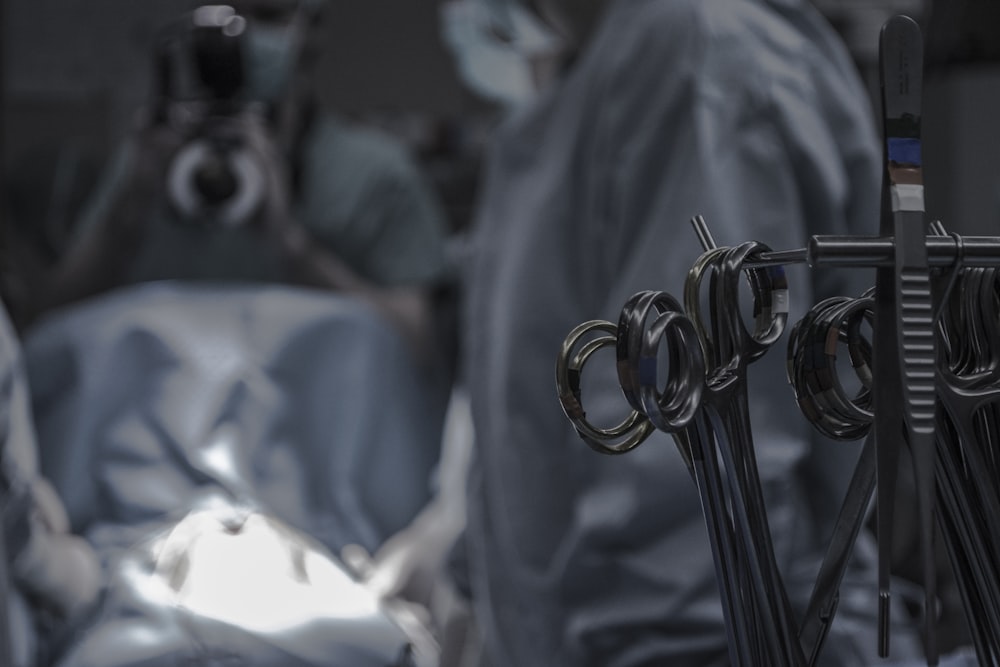目次
腰椎の柔軟性がTHA後の主観的脚長差と関連?
人工股関節全置換術後にはクライアントが脚長差を主観的に訴えることが多いです.
この脚長差の原因もさまざまですが腰椎の柔軟性が脚長差と関連している例って多いと思います.
今回は腰椎の柔軟性がTHA後の主観的脚長差と関連する可能性を示唆する研究論文をご紹介させていただきます.

今回ご紹介する論文
J Orthop Sci. 2023 Apr 11;S0949-2658(23)00088-X. doi: 10.1016/j.jos.2023.03.018. Online ahead of print.
Impact of the hip-spine relationship and patient-perceived leg length discrepancy after total hip arthroplasty: A retrospective study
Yasuyuki Omichi 1, Tomohiro Goto 1, Keizo Wada 1, Yasuaki Tamaki 1, Daisuke Hamada 1, Koichi Sairyo 2
Affiliations expand
PMID: 37055272 DOI: 10.1016/j.jos.2023.03.018
今回ご紹介する論文は2023年に掲載された論文です.
研究の目的
Purpose: Patient-perceived leg length discrepancy (PLLD) is one of the major postoperative complications of total hip arthroplasty (THA). This study aimed to identify factors that cause PLLD following THA.
クライアントが感じる脚長差は人工股関節全置換術(THA)の術後主要合併症の1つであります.
この研究ではTHA後の主観的脚長差を引き起こす要因を明らかにすることを目的としております.
研究の方法
Materials and methods: This retrospective study included a series of consecutive patients who underwent unilateral THA between 2015 and 2020. Ninety-five patients who underwent unilateral THA with postoperative radiographic leg length discrepancy (RLLD) ≤1 cm were classified into two groups according to the direction of preoperative pelvic obliquity (PO). Standing radiographs of the hip joint and whole spine were obtained before and one year after THA. The clinical outcomes and the presence or absence of PLLD was confirmed one year after THA.
この後方視的研究では2015年から2020年の間に片側THAを受けた連続症例を対象としております.
片側THAを受けた症例のうち,術後のX線写真による脚長差が1cm以内の95例を術前の骨盤傾斜(PO)の方向により2群に分類しております.
股関節と全脊椎の立位X線写真をTHA前とTHA1年後に測定しております.
THA施行1年後に臨床成績と主観的脚長差の有無を調査しております.
研究の結果
Results: Sixty-nine patients were classified as having type 1 PO (rising toward the unaffected side) and 26 were classified as having type 2 PO (rising toward the affected side). Eight patients with type 1 PO and seven with type 2 PO had PLLD postoperatively. In the type 1 group, patients with PLLD had larger preoperative and postoperative PO values and larger preoperative and postoperative RLLD than those without PLLD (p = 0.01, p < 0.001, p = 0.01, and p = 0.007, respectively). In the type 2 group, patients with PLLD had larger preoperative RLLD, larger amount of leg correction, and a larger preoperative L1-L5 angle than those without PLLD (p = 0.03, p = 0.03, and p = 0.03, respectively). In type 1, postoperative PO was significantly associated with postoperative PLLD (p = 0.005), but spinal alignment was not an indicator of postoperative PLLD. The area under the curve (AUC) for postoperative PO was 0.883 (good accuracy) with a cut-off value was 1.90°
69例が1型骨盤傾斜(非術側挙上)、26名が2型骨盤傾斜(術側挙上)と分類されました.
術後に主観的脚長差を発症した症例は,1型骨盤傾斜で8例,2型骨盤傾斜で7例でありました.
1型では主観的脚長差を有する症例は主観的脚長差を有しない症例に比べ,術前・術後の骨盤傾斜値が大きく,術前・術後のX線上の脚長差が大きい結果でありました(それぞれp = 0.01, p < 0.001, p = 0.01, p = 0.007).
2型では主観的脚長差を有する症例は,主観的脚長差を有しない症例に比較して術前のX線上の脚長差が大きく,脚延長量が大きく,術前のL1-L5角度が大きい結果でありました(それぞれp = 0.03, p = 0.03, p = 0.03, p = 0.03).
タイプ1では術後骨盤傾斜は術後主観的脚長差と有意に関連しておりましたが(p = 0.005),脊柱アライメントは術後の主観的脚長差の指標とはなりませんでした.
術後骨盤傾斜の曲線下面積(AUC)は0.883(精度良好),カットオフ値は1.90°でありました.
研究の結論
CONCLUSION: Rigidity of the lumbar spine might lead to postoperative PO as a compensatory movement, resulting in PLLD after THA in type 1. Further research on the relationship between flexibility of the lumbar spine and PLLD is needed.
腰椎の硬さが代償動作として術後骨盤傾斜を引き起こし,THA後1型の主観的脚長差につながる可能性があります.
腰椎の柔軟性と主観的脚長差との関係についてはさらなる研究が必要であります.
今回は腰椎の柔軟性がTHA後の主観的脚長差と関連する可能性を示唆する研究論文をご紹介させていただきました.
今回の研究結果から考えるとTHA後の主観的脚長差を考えるうえでは骨盤が術側へ傾斜するタイプと非術側へ傾斜するタイプによって原因が異なる可能性がありますね.
また主観的脚長差がある場合には腰椎の柔軟性に着目することが重要であると考えられます.






